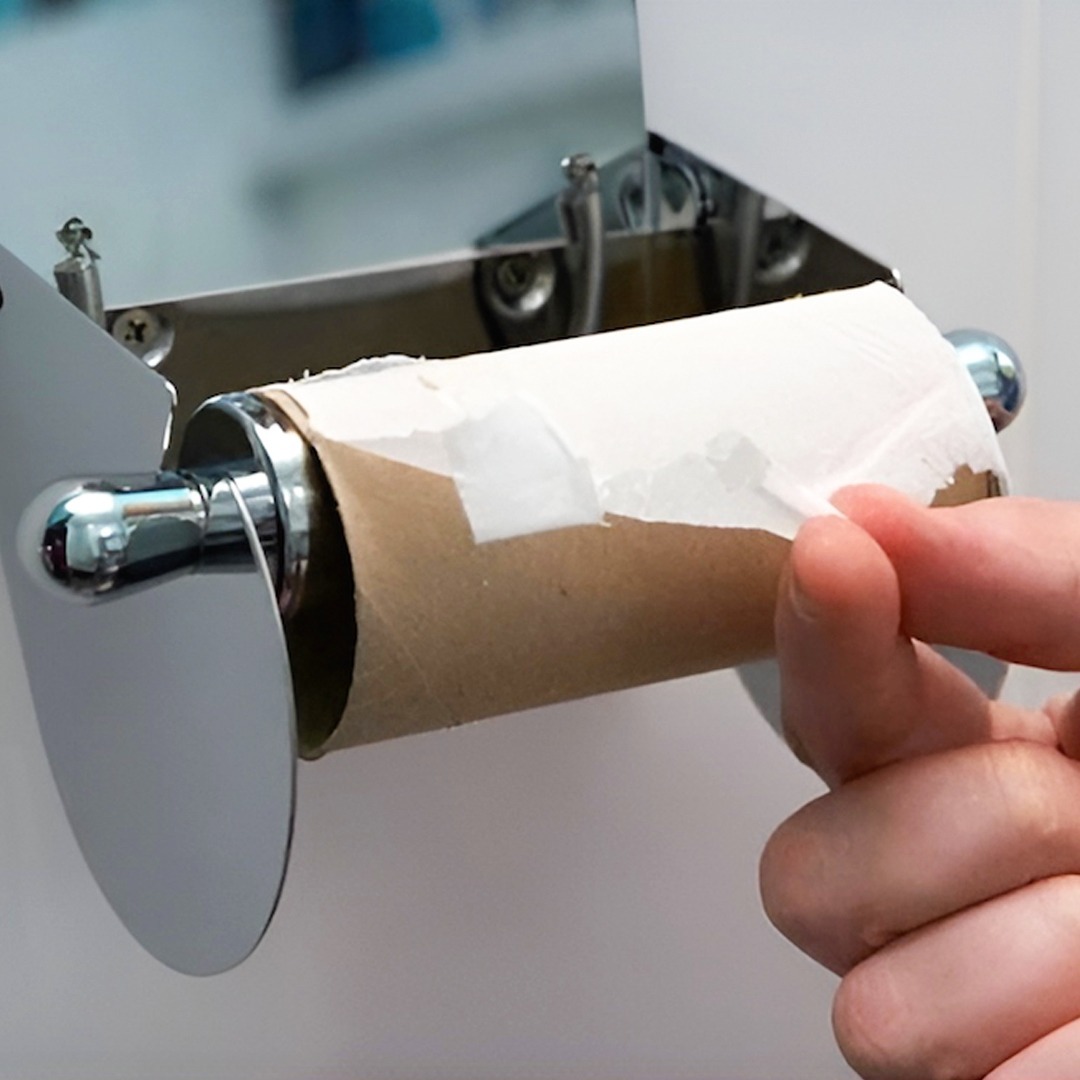ADVERTISEMENT
Long reserved for babies, wet wipes are now appealing to adults. Softer and more refreshing than paper, they offer a feeling of enhanced functionality. Some are even enriched with antibacterial agents.
A problem? Their environmental impact. Even biodegradable models dissolve much more slowly than paper, and flushing them down the toilet can cause blockages in the pipes.
An alternative culprit? Opt for washable cloth wipes, reusable after a simple machine wash. A zero-waste solution, much more sustainable!
Japanese toilets: innovation from Asia
If you’ve traveled to Japan, you’ve probably come across these famous high-tech toilets. They use a water jet that completely replaces the use of paper.
Why adopt this technology?
Optimal hygiene thanks to water cleaning
Saves paper and reduces waste
Less skin irritation
The installation cost can be a deterrent, but adaptable kits allow you to transform a conventional toilet into a Japanese version for around a hundred euros.
The return of traditional methods
Before the invention of toilet paper, different techniques were used:
Bidets, once very popular in France, are making a comeback. With a simple jet of water, they guarantee impeccable cleanliness without generating waste.
Washable cloths, already adopted by some zero-waste households, are an economical and eco-friendly option. However, their maintenance requires a little more organization.
Is this an inevitable transition?
Far from being a mere fad, these alternatives address real concerns: hygiene, economy, and ecology. More and more households are adopting more sustainable solutions, and at this rate, toilet paper could well become marginalized within a few decades.
